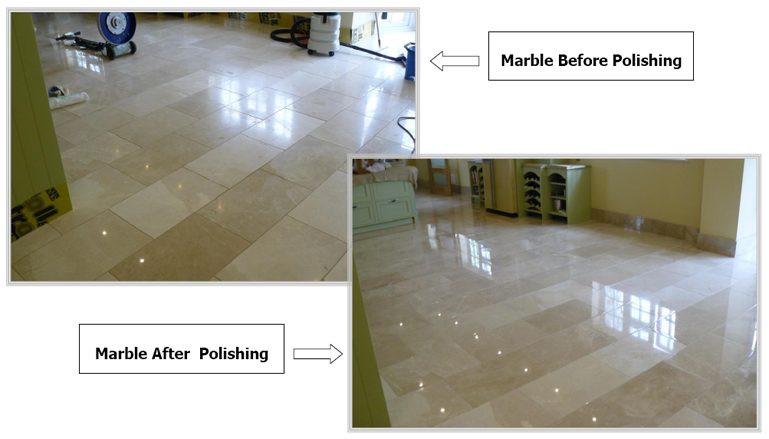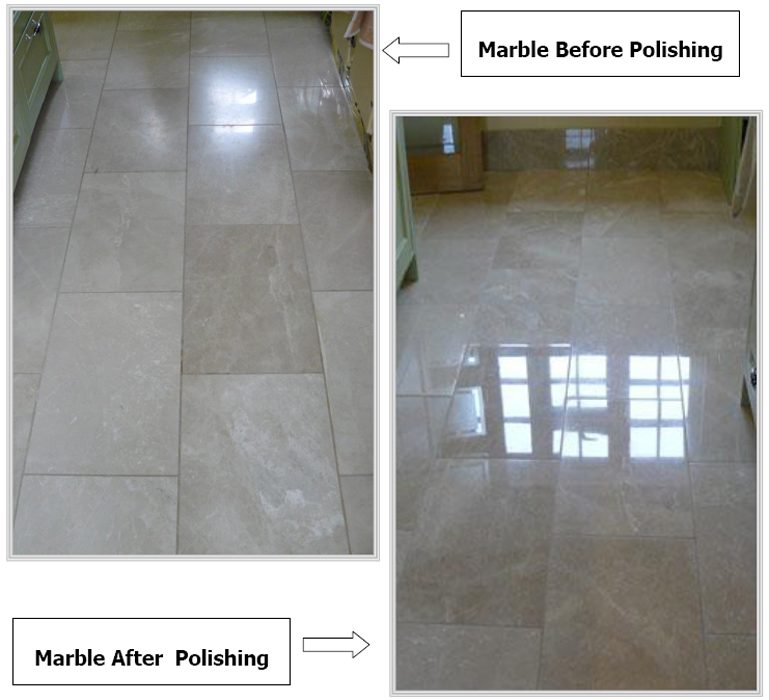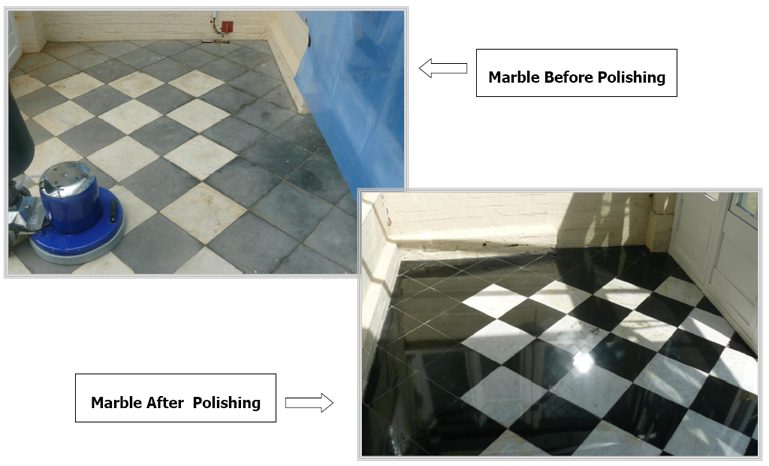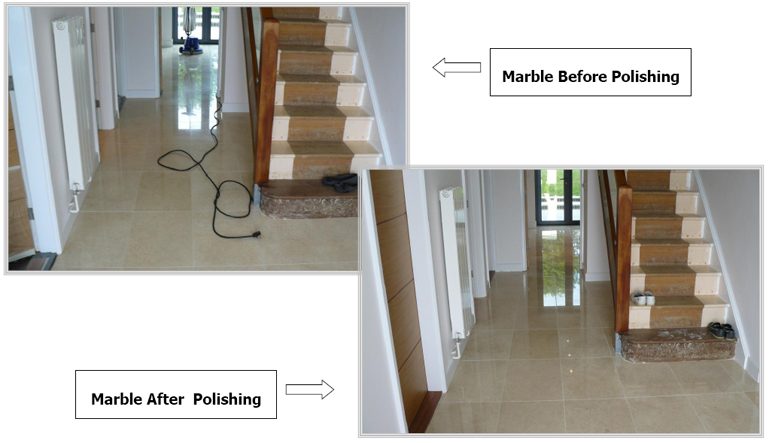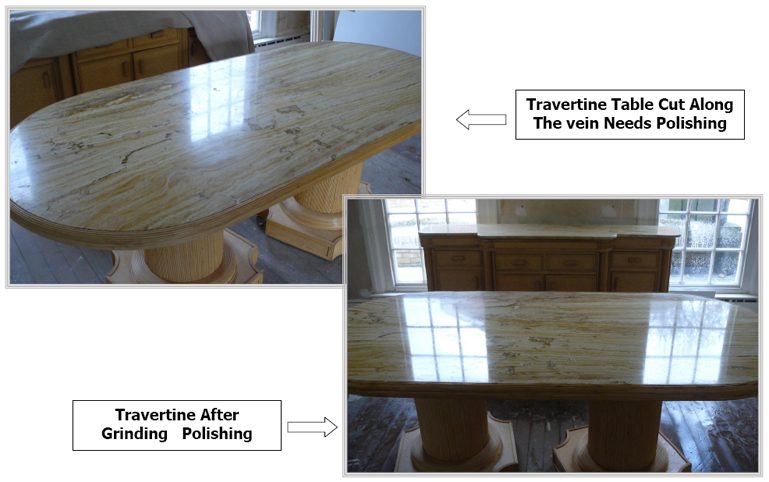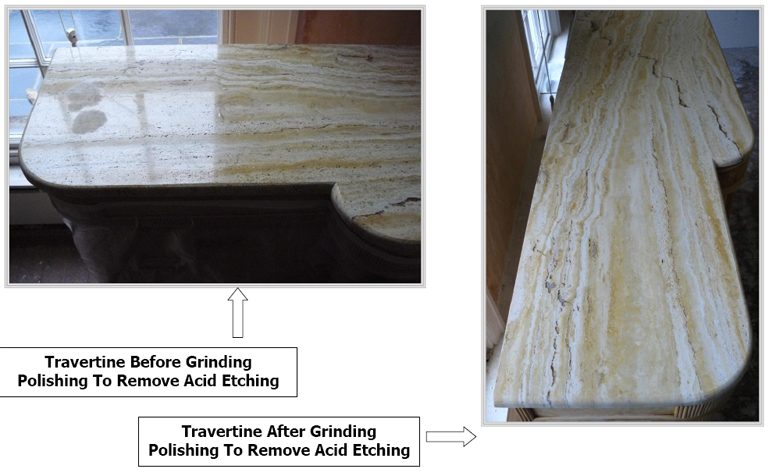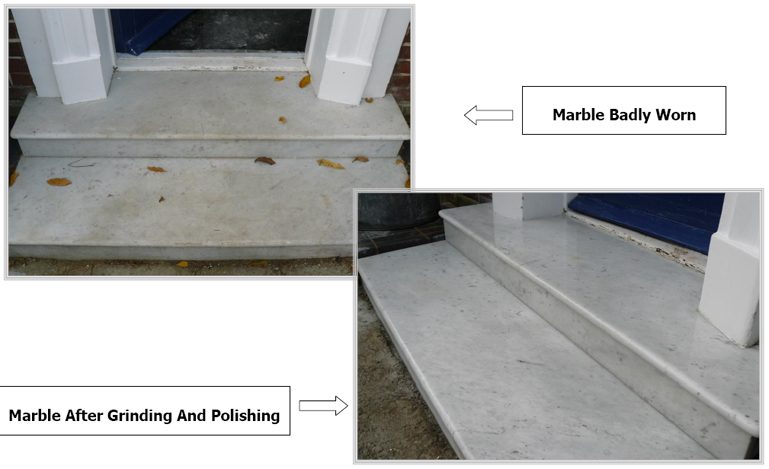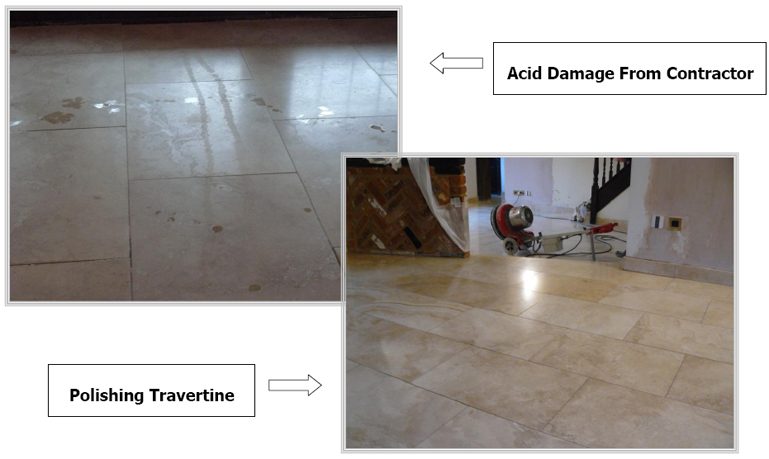Removing stains can be somewhat difficult. Having advance knowledge of how porous the material is and the size of the pores will determine what will enter and become embedded below the surface the stain will be. Some materials are more porous than others; honed or textured unpolished stone will be more porous than a polished stone and therefore absorb more staining material.
The longer we leave a stain the deeper it penetrates, becomes embedded & will make the stain removal process much more difficult. As a rule you should attend to a stain straight away. Just because a seal has been applied, that only gives us extra time to remove the stain at best.
The way we remove a stain is by using a material that is more porous than the material we are working on thereby reversing the staining process. We mix this with special cleaners according to the type of stain, that way we can literally suck the stain out and into the more porous material called a poultice. This may sound simple but it’s not as easy as it seems.
Stain or Non Stain
Firstly you must identify if it is a stain. This might seem like common sense, but there are problems that can look like stains but are not. One common problem is marble or other calcite stones that become dull and dis-coloured when in contact with acids. Acids can be found in many household foods and drinks such as oranges, lemons, soft drinks, vinegar, wine, cleaning products, bathroom cleaners, the list goes on. Acid etching is not a stain and cannot be removed by using stain removers.
Other problems that are not stains are:
- Eflorescence
- Water marks
- Mineral deposits (hard water) similar to scale
- Bruising or impact marks
- Wet stone that has not dried after installation; some times this can take weeks to dry completely and will often make the material darker
- Migration of bedding material through back of tile
Many of our cleaning products meet today’s need for eco friendly cleaning & sealing solutions.


